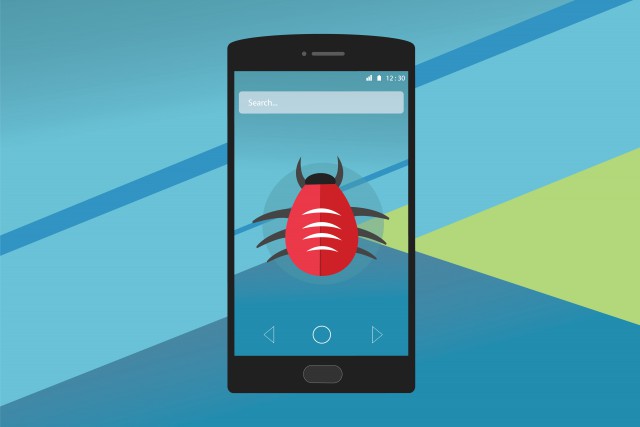People don't understand how they get infected with malware

A new Kaspersky Lab report says a lot of us end up with viruses on our machines, but we just don't know how. But, in fact, we very much do. Here are the report's figures.
Almost half (42 percent) of internet users have either come across or have been targeted by malware online. A fifth of those (22 percent) have fallen victim to it, and almost a third (29 percent) have "no idea how it ended up on their device".
Just after that, the report says this: "The study found the highest number of infections happen when people visit suspicious websites (42 percent). Fake apps and software (22 percent) and USB sticks (20 percent) are also cited by one in five as the source of a malware infection they have experienced".
"E-mails and messages are also a common source of infection", the report continues, before adding this: "Trusted websites that have been hacked and the transition of malware from another infected device are also mentioned".
So it’s hardly that we don’t know how. But the fact remains -- malware is a widespread problem.
It is a pain in the neck, and causes its victims to lose money. A quarter (24 percent) say their devices slowed down, a fifth (22 percent) say they get unwanted pop-up advertising, and 13 percent get directed to "suspicious" websites. For seven percent the device stopped working. Some even had to pay for repairs, spending on average of $121 per incident.
"With a third of Internet users completely unaware of how they became infected, this can help to further spread the virus and put even more of our devices, details and finances in danger", comments Andrei Mochola, head of Consumer Business at Kaspersky Lab.
Published under license from ITProPortal.com, a Future plc Publication. All rights reserved.
Photo Credit: fatmawati achmad zaenuri/Shutterstock
